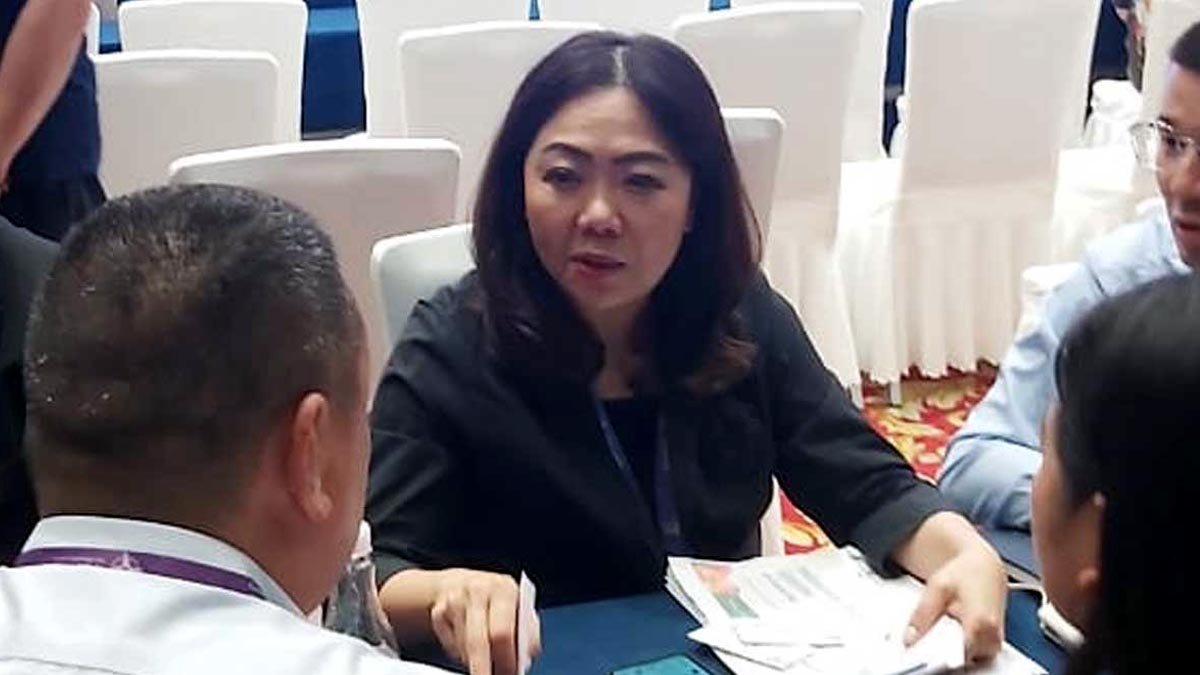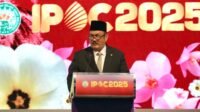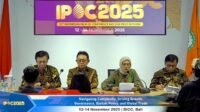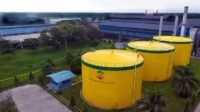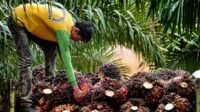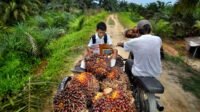PALMOILMAGAZINE, NANNING – Indonesia is reinforcing its position as a sustainable palm oil producer through the Dialogue for China’s Green Policy II Indonesia, held on the sidelines of CAEXPO–CABIS 2025 at NICEC, Guangxi. The forum brought together key figures from Indonesia’s palm oil sector and international partners—particularly from China—to discuss export strategies, technological innovation, and sustainability commitments.
Huang Junhua, Vice Chairman of the Guangxi Zhuang Autonomous Region’s Political Consultative Conference, highlighted the importance of strong Indonesia–China partnerships. Also in attendance was Fu Jinming, Deputy Director-General of Guangxi’s Anti-Smuggling Bureau, who underscored support for strengthening bilateral trade ties.
The forum was initiated by the Plantation Fund Management Agency (BPDP), which has been actively promoting sustainable palm oil. In his keynote address, Miftah Farid, Deputy Director of Primary Product Export Development at the Ministry of Trade, stressed China’s vital role in Indonesia’s palm oil trade.
Also Read:
“In the first half of 2025, China ranked as the top destination for Indonesian palm oil exports, absorbing around 1.74 million tons, or 14% of total national exports,” he said in a statement received by Palmoilmagazine.com on Sunday (September 21, 2025).
However, he emphasized that Indonesia’s focus is not solely on export volumes.
“We must push for downstreaming, innovation, and environmentally friendly farming practices to ensure Indonesian palm oil remains competitive in the global market,” he added.
Sany Anthony, Vice Chairman I of GAPKI, reminded participants that international markets now demand commodities that are not only price-competitive but also sustainability-certified.
“This is an opportunity for Indonesia to strengthen export cooperation, support ISPO and RSPO certification, and add value to palm oil through downstreaming,” he noted.
Export Trends and Challenges
According to BPS data, Indonesia’s palm oil exports in the first half of 2025 reached 12.4 million tons worth US$13.53 billion, with China absorbing 1.74 million tons. Yet in 2024, Indonesia’s exports to China fell sharply to 4.48 million tons, compared to 7.73 million tons in 2023—a drop that underscores the urgency of new strategies, including market diversification, downstream expansion, and stronger sustainability practices.
Malaysia, meanwhile, is emerging as a formidable competitor, aggressively establishing processing facilities and storage tanks directly in China to strengthen its foothold in the market.
Strengthening Bilateral Cooperation
Indonesia’s Consul General in Guangxi, Ben Perkasa Drajat, described the forum as highly strategic, offering ample space for collaboration.
“Last year’s forum delivered significant results. This year, the focus has shifted to joint ventures, technology transfer, and research collaboration between Indonesia and China,” he said.
Through the Dialogue for China’s Green Policy II Indonesia, the government aims to expand market access for palm oil in China, accelerate downstream development, and ensure that environmentally friendly agricultural practices form the foundation of the future of Indonesia’s palm oil industry. (P2)

